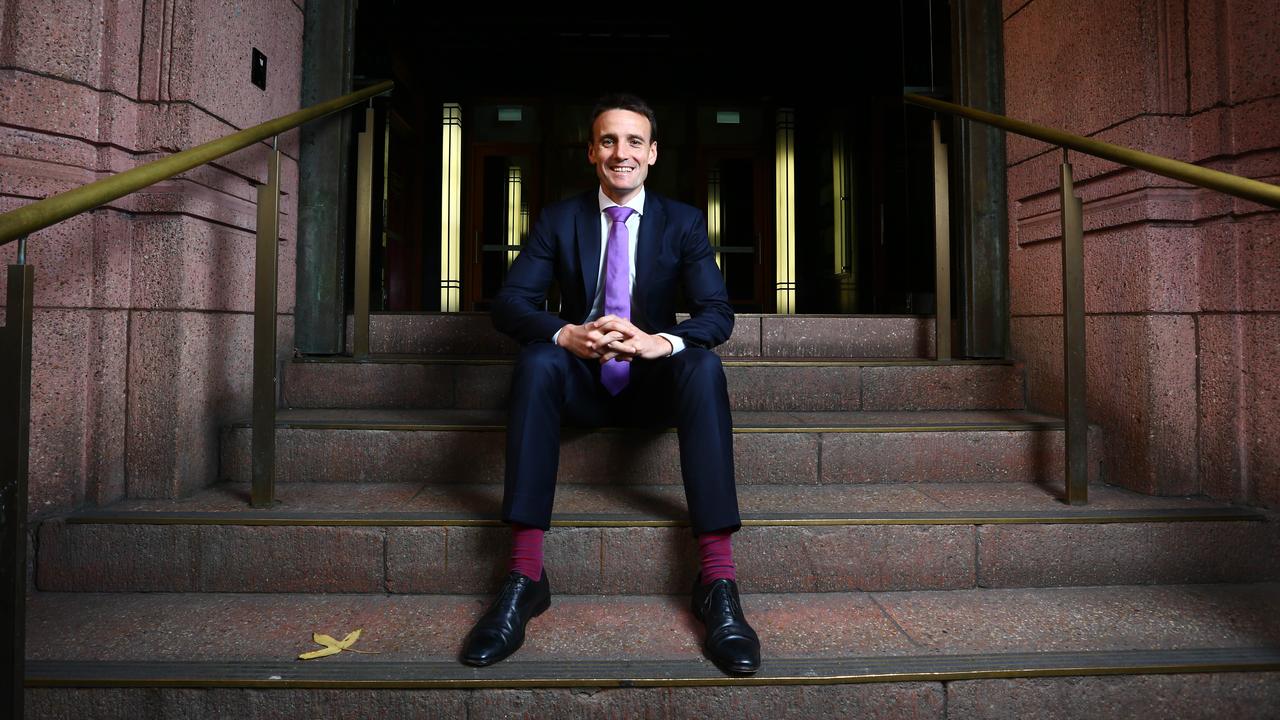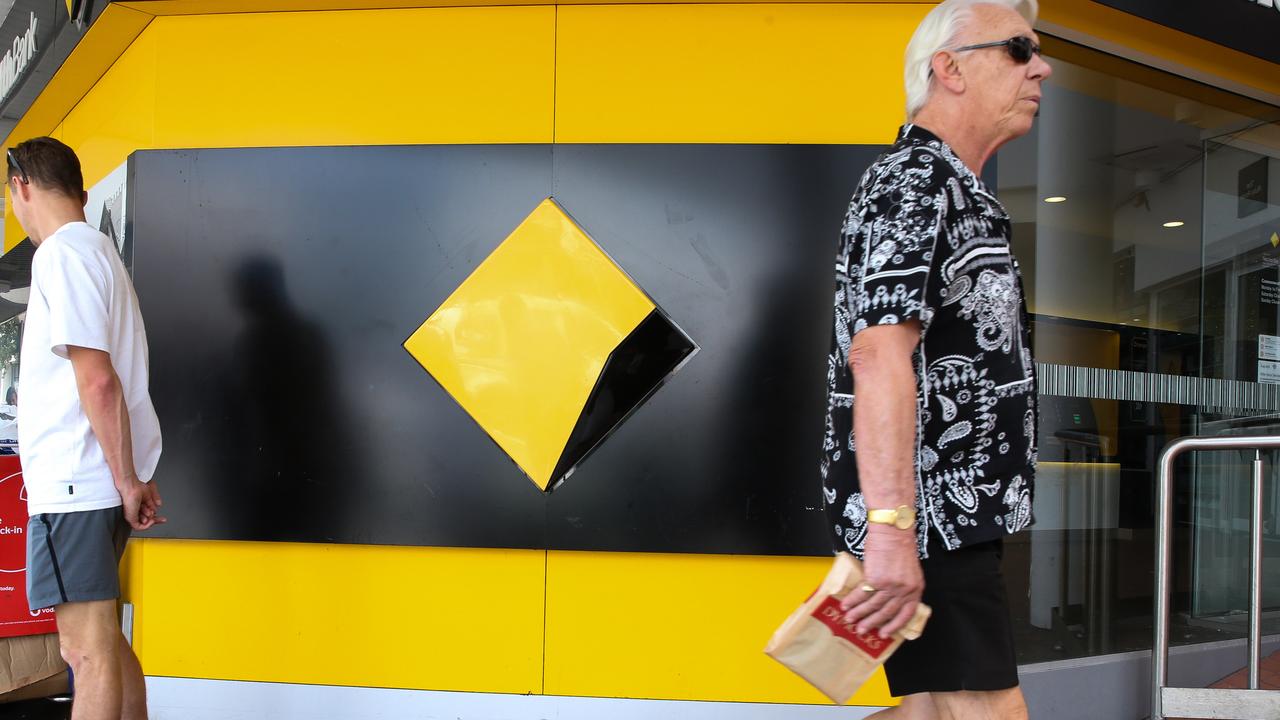Early super payout nearing government forecasts
The total amount paid out under the second tranche is growing by nearly 10 per cent a week.

The weekly amount of superannuation paid out to Australians under the government’s COVID-19 early release scheme is likely to surpass government estimates by October at the current pace of withdrawals.
The scheme, which allows Australians who have seen their income reduced due to coronavirus tap their super for up to $10,000 in two tranches – one last financial year and one this financial year – has paid out $31.1bn in super to four million fund members since it launched on April 20.
According to data from the Australian Prudential Regulation Authority, $13.1bn has been paid out since the second tranche began on July 1 to August 9.
The total amount paid out under the second tranche is growing an average of 9.8 per cent a week, meaning that the second tranche will exceed the $18.1bn first tranche in value by mid September.
It also means that the amount paid out will exceed the government’s estimate of $41.9bn withdrawn by October, well before the scheme’s new cut-off date of December 30.
However, there are signs of a slowdown withdrawals as just $700m was paid out to Australians in the week to August 9 – the first time the weekly payout has fallen below $1bn since the inception of the program.
The most amount of money paid out during the program was during the week to May 3, when $6.3bn of super was paid out to fund members.
Grattan Institute household finances program director Brendan Coates said the withdrawal amount was likely to continue slowing, although the total amount withdrawn may still exceed government estimates.
“I suspect the numbers will slow basically because a lot of people who are eligible who wanted to take the money probably already have done so,” Mr Coates said.
“There are a lot of new people who find themselves eligible due to a second round of job losses in Victoria who will apply for the scheme, but it will keep slowing from here.
“Whether it ends up beyond the government estimate, I don’t know.”
The number of repeat applications – submissions to the scheme made by people who also applied during the first tranche – grew to 1.1 million, with 4.1 million applications made overall.
The average payment to a successful applicant remained consistent at $7689, comprised of $7402 for initial applications and $8487 for repeat applications.
The amount requested by repeat applicants have been consistently higher since the second tranche opened, opening the scheme to criticism from individuals who believe that allowing Australians to draw down their Super balances is endangering their future financial stability.
‘Well-intentioned but misguided’
On Monday, fund manager BetaShares attacked the scheme, saying allowing Australians early access to their retirement savings “will come at a significant cost to future Australian governments and generations of taxpayers”.
Modelling conducted by the company predicts the $30bn already withdrawn from Superannuation accounts under the program will cost between $100bn to $130bn in lost savings “over the coming years” due to anticipated increased pension costs.
BetaShares CEO Alex Vynokur called the policy “well-intentioned but misguided” and called for a closer examination of the policy.
“We believe it is critical to examine what impact this policy will have on Australia’s retirement system, particularly after the recent decision by the government to extend the scheme to the end of the year,” Mr Vynokur said.
“An amount between $100bn and $130bn represents a very significant future shortfall (which will only increase as further super is released early).
“It will need to be funded by future Australian governments and therefore the Australian public will ultimately bear the cost, as those who have withdrawn super will be less able to fully fund their own retirement needs.”
Mr Coates said BetaShares’ analysis failed to account for the current benefits of the scheme and the relative affordability of increased pension spending.
“One of the main benefits of this scheme is that there are fewer people who will be foreclosing in their mortgage as a result of it – government support payments couldn’t fully offer something like that,” he said.
“Pension spending is poised to flatline as a share of GDP over the next 30 years – the OECD is projecting 4 per cent of GDP – so it’s hard to argue that the pension isn’t affordable even with an ageing population.”







To join the conversation, please log in. Don't have an account? Register
Join the conversation, you are commenting as Logout